Geese are large waterfowl in the Anatidae family. These birds are closely related to ducks and swans, and are midway between the two in size. Most resources divide geese into three groups, or genuses, the white geese, the grey geese, and the black geese. Within these groups, researchers recognize at least 20 different species of geese. Read on to learn about the goose.
Description of the Goose
These birds are quite large, and have long necks and moderately flattened bills. Their necks are longer than those of ducks, but not quite as long as those of swans. Geese vary in color, and some species are pure white while others are grey, brown, or nearly black. The largest geese can exceed 10 pounds or more, and have a 5 or 6 foot wingspan.
Interesting Facts About the Goose
There are so many different species of geese, and each is interesting in its own right! Instead of tossing random facts, we will highlight a few notable species for your consideration.
- Greylag Goose – This species is the primary ancestor of many domestic geese that we keep today. Researchers have heavily studied this species in particular. Ethologist, or animal behavior researcher, Konrad Lorenz, highlighted the concept of a bird “imprinting” based on research with Greylag geese.
- Snow Goose – Contrary to their name, snow geese are not always white. Unlike some Arctic animals that are white in winter and dark in the summer, snow geese are either white or dark year-round. Some snow geese have dark blue/black feathers, instead of the typical white.
- Canada Goose – Possibly the most famous goose species, Canada geese are incredibly common and widespread. In fact, these geese sometimes become pests because they are so common. When large flocks congregate in parks, their feces can sometimes grow into a nuisance!
- Cackling Goose – This poor bird is doomed to never-ending misidentification as the Canada species. Cackling geese look nearly identical to Canada geese in color. These birds, however, are slightly smaller than Canada geese, and have shorter, stubbier bills.
Habitat of the Goose
As a whole, geese live in a huge variety of habitats and ecosystems. For the most part, as waterfowl geese live in areas that are close to the water. Most species prefer living in and around freshwater, rather than salt or brackish water.
Some of the different habitats that they live in include lakes, ponds, streams, marshes, wetlands, and more. Many species of geese also inhabit public parks, farms and pastures, and other urban areas.
Distribution of the Goose
Different species of geese have vastly different ranges. No matter what continent you are on, you can find some species of this bird, unless you happen to be in Antarctica. If you are on Antarctica, you likely have penguins nearby, so you have plenty of avian friends to occupy you in the freezing cold.
Geese live in North America, Central America, South America, Eurasia, Australia, Africa, and more. Some species of geese even live in areas outside of their natural range, because people brought them there!
Diet of the Goose
Most geese are herbivores, and feed primarily on plants. While they are nesting and raising chicks, some species eat greater numbers of insects and invertebrates to help sustain egg production. The vast majority of geese spend their time grazing on grasses. In fact, it is not uncommon to spot a flock of geese munching alongside livestock like sheep or cows.
Goose and Human Interaction
Humans and geese interact frequently, for better or worse. The impact on humans is usually minimal, though some invasive species (looking at you Canada goose) can be incredibly harmful in large numbers.
The impact of humans on geese is usually much more damaging. Habitat destruction and hunting are frequently detrimental to wild geese. For some species, this damage can cause serious population decline. The IUCN recognizes several geese species declining, including the swan goose, lesser white-fronted goose, red-breasted goose, and nene.
Domestication
Humans have domesticated two different species of wild geese. The first is the Greylag, which is the ancestor to most of the various breeds of domestic geese. The second domestic species is the Swan goose, from which the Chinese and African breeds derive.
Does the Goose Make a Good Pet
Wild geese do not make good pets. Domestic geese, however, can be wonderful pets in the right circumstances. If you would like to purchase a domestic goose, it is important to remember a few key things. First, geese have long lives, and commonly live 20 years or more. Second, geese need outdoor space to graze for grass, and are not good candidates as house pets.
Goose Care
Several different factors go into caring for domestic geese. The primary concern, and something that you should arrange before geese ever arrive on your farm, is where they will live. Not only do you need to give your geese somewhere to graze on grass, but they also need a safe place to sleep at night.
The next consideration is food. Grass is great, but is not nearly nutritious enough over the winter. Instead you should supplement their diet with pelleted feed or wheat. Finally, a lone goose is a sad goose. You need at least two geese in a flock to have happy birds.
Behavior of the Goose
All geese, wild or domestic, are social creatures. Geese have incredibly strong pair bonds, and a pair of geese usually remains together for life. Outside of the breeding season, geese live in larger flocks of birds. A flock, or gaggle, of geese spends much of its time grazing for grass. Once the breeding season arrives, pairs of geese move off together and establish a territory and a nest.
Reproduction of the Goose
Females of different species lay different numbers of eggs. Most lay about six eggs per clutch, and incubate them for around a month. The young goslings remain with their parents until they are old enough to fly and fend for themselves. Some species take longer to fledge, but most young goslings are independent when they are about two or three months old.

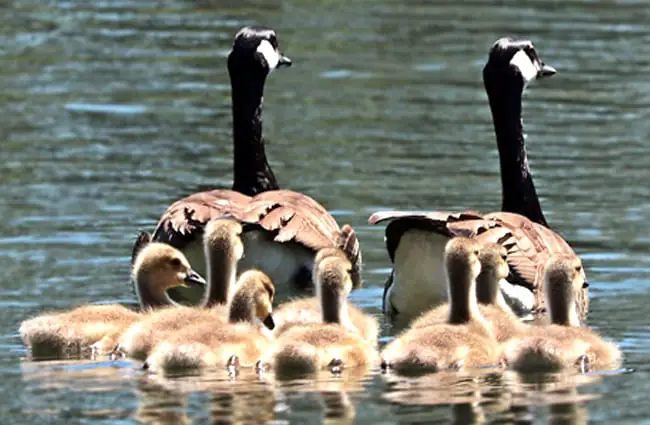
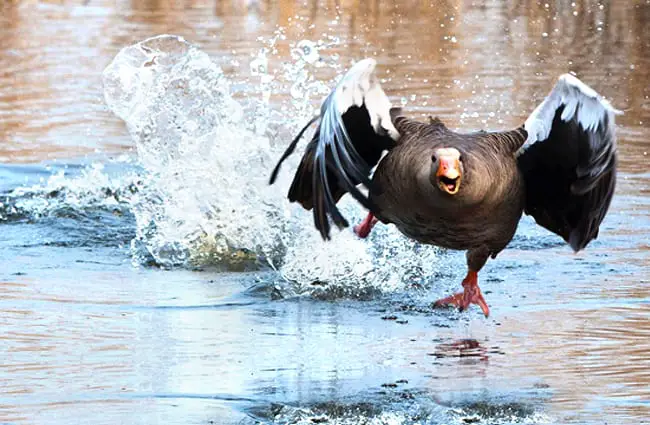


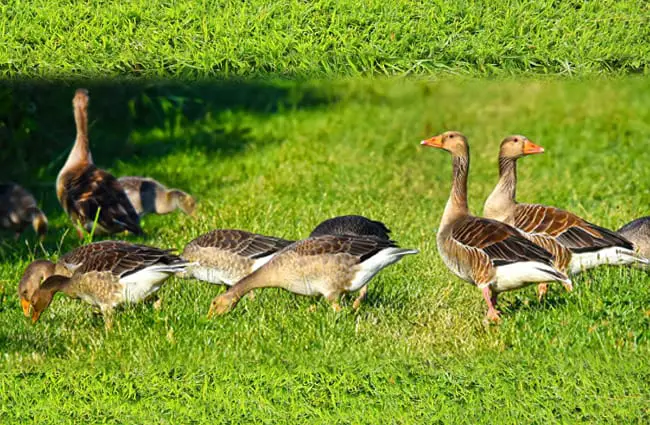

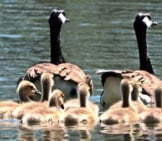
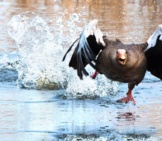
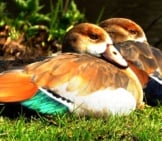
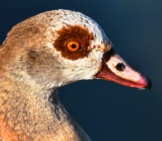

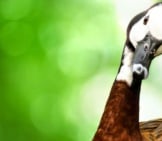
![Red Angus Closeup of a beautiful Red Angus cowPhoto by: U.S. Department of Agriculture [pubic domain]https://creativecommons.org/licenses/by/2.0/](https://animals.net/wp-content/uploads/2020/03/Red-Angus-4-238x178.jpg)



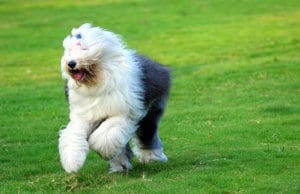



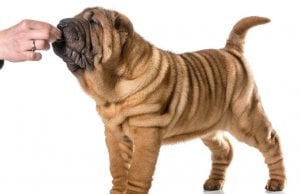




![Red Angus Closeup of a beautiful Red Angus cowPhoto by: U.S. Department of Agriculture [pubic domain]https://creativecommons.org/licenses/by/2.0/](https://animals.net/wp-content/uploads/2020/03/Red-Angus-4-100x75.jpg)

